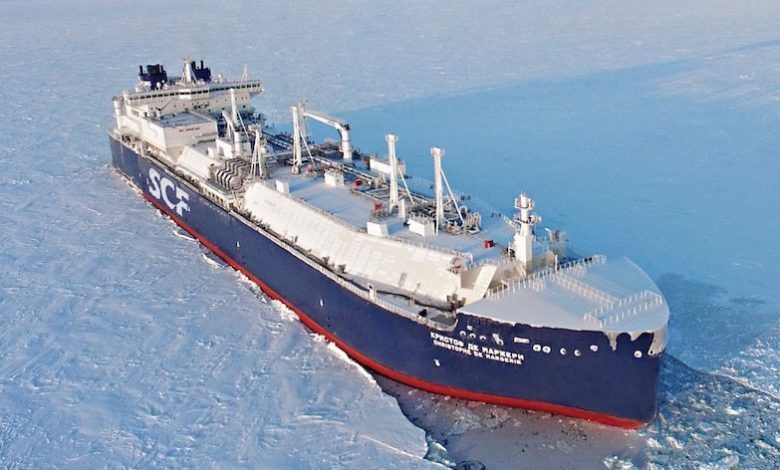Activity along ice-free Northern Sea Route picks up

Russia’s Arctic and Antarctic Research Institute has stated that the whole Northern Sea Route is now ice-free.
The institute shows that there is only some scattered ice around the Vilkitsky Strait, the area separating the Kara Sea and the Laptev Sea.
Many commercial ships are making the most of the conditions with the Northern Sea Route Administration revealing that on Monday alone there were 94 vessels along the route.
Last month, Splash reported that South Korea’s Hyundai Merchant Marine (HMM) is looking at creating a regular liner service from Asia to Europe via the Arctic, with a trial run earmarked for 2020.
HMM is eyeing using an icebreaker ahead of ice-class ships in the range of 2,500 to 3,500 teu on the route.
The current voyage time from Busan to Rotterdam via the Suez Canal takes 24 days, something HMM officials think could be cut to just 14 days via the Russian Arctic, giving ships a chance to match the fastest transit times offered by a new range of competing intercontinental freight train routes.
The route is currently available only for four months in the summer. However, as the ice melts around the polar caps, HMM believes the route could become possible year-round by 2030.
HMM is not alone in eyeing the Arctic as a quicker passageway for freight between Asia and Europe.
China’s Cosco has been sending ships on exploratory missions through polar waters in recent years.

Re the NSR … (which should never be called the North East Passage) isn’t there any reporter who actually understands the difference between “first year ice” and “multi year ice” and the importance this difference is to Arctic shipping?